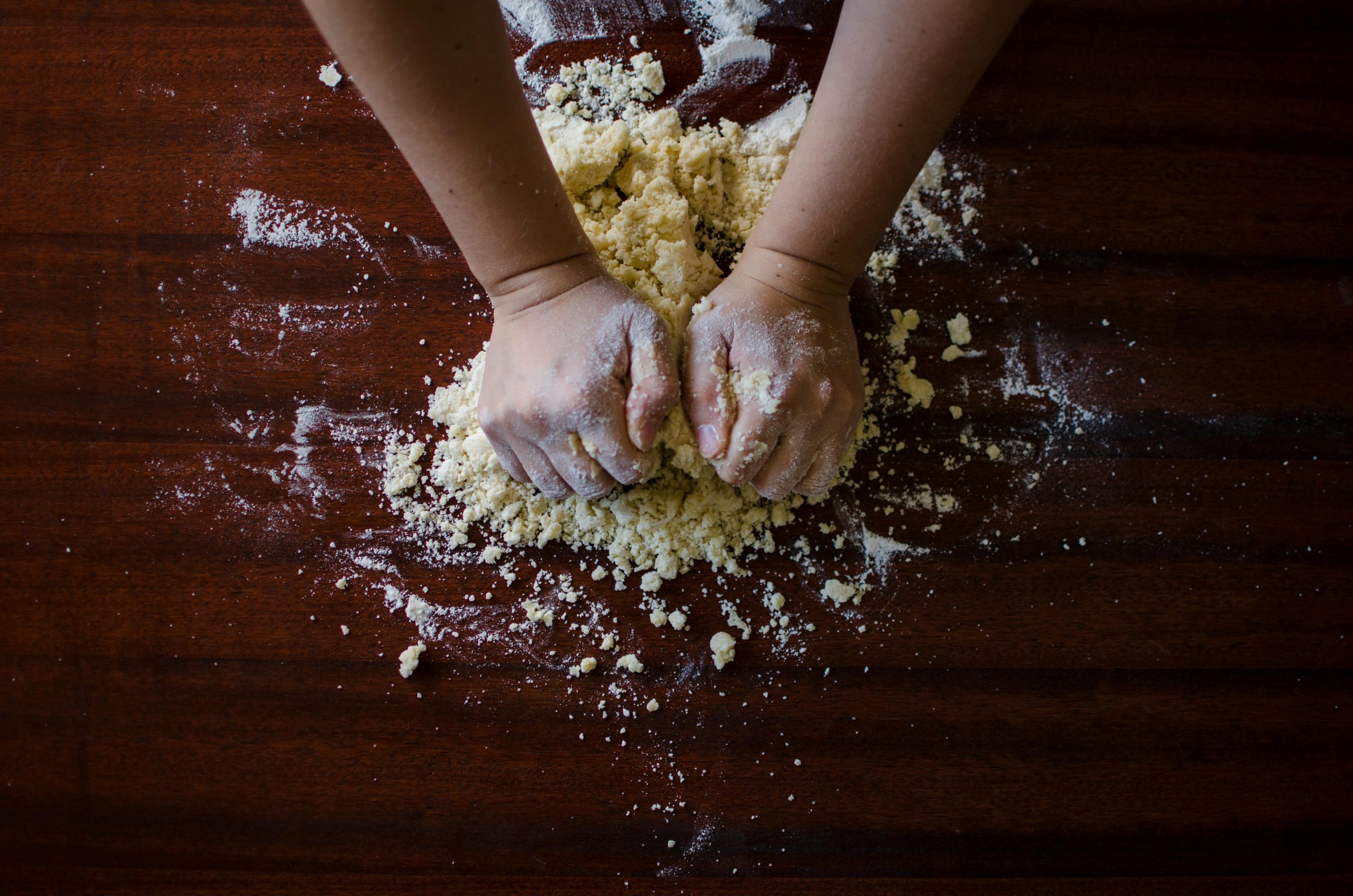Baking is both an art and a science, particularly when it comes to traditional pastries. These delectable treats have a long history, embodying cultural nuances and regional flavors that contribute to their unique identities. Mastering the art of baking traditional pastries at home invites you into a world of creativity and precision, where the combination of techniques, ingredients, and tools plays a crucial role in the outcome. This article will guide you through essential techniques and the key ingredients and tools necessary to create perfect pastries that will delight your palate and impress your friends and family.
Understanding Essential Techniques for Traditional Pastry Baking
To embark on a journey into the world of traditional pastry baking, it is essential first to understand the foundational techniques that define this craft. One of the most critical techniques is the method of incorporating fat into flour, which is pivotal for achieving the desired texture of pastries. This process, known as cutting in, involves blending cold butter or other fats into the flour until the mixture resembles coarse crumbs. Understanding the right temperature and consistency of your ingredients will greatly influence the flakiness and tenderness of the final product.
Another fundamental technique is the art of kneading, which is particularly important in making doughs for pastries like croissants or danishes. Skilled kneading develops gluten, providing structure and elasticity, which are necessary for achieving the perfect rise and texture. However, it is equally important to avoid over-kneading, which can lead to tough pastries. Learning to recognize the ideal consistency and texture comes with practice and attention to detail.
Chilling dough is another crucial step in pastry making that should not be overlooked. Many traditional pastries, such as tart shells and puff pastry, require the dough to be chilled before rolling out. This step allows the fat to solidify, which in turn gives the pastry its flaky texture. Additionally, chilling prevents the dough from shrinking during baking, ensuring your pastries hold their shape and achieve a golden, crisp exterior.
Lastly, mastering the baking process itself is essential for creating traditional pastries. This includes understanding your oven’s nuances, such as hot spots and temperature calibration. The use of baking stones or preheated trays can significantly improve the heat distribution when baking pastries, resulting in an even, golden crust. Timing is also crucial; knowing when to remove pastries from the oven at just the right moment can make the difference between a perfect treat and one that is overbaked or undercooked.
Key Ingredients and Tools for Perfecting Your Pastries
The quality of ingredients plays a vital role in achieving exceptional pastries. Flour is the backbone of any pastry, and choosing the right type is crucial. For light and flaky pastries, all-purpose flour or pastry flour is often preferred. The latter has a lower protein content, yielding a more tender final product. Additionally, incorporating high-quality butter enables the development of rich flavors and enhances the texture, making it a non-negotiable ingredient in traditional pastry recipes.
Sugar is another important ingredient that not only sweetens but also contributes to the color and texture of pastries. Granulated sugar is commonly used, but brown sugar can add a delightful depth of flavor. For specific pastries, using powdered sugar can result in a smoother texture, particularly in icings or fillings. It’s essential to use the type of sugar called for in your recipe to achieve the desired results.
In addition to ingredients, having the right tools is paramount in pastry baking. A good set of measuring cups and spoons ensures accuracy in your recipes, while a digital scale can provide even more precision, particularly for flour and sugar. A sturdy rolling pin is indispensable for rolling out dough, while a pastry cutter or bench scraper is invaluable for cutting and shaping. Investing in quality bakeware, such as non-stick pans and tart tins, can make a significant difference in the final appearance and texture of your pastries.
Finally, incorporating specialized tools can elevate your pastry game further. A food processor can streamline the process of cutting in butter, while silicone baking mats provide a non-stick surface for rolling out dough. Paring knives, pastry brushes, and offset spatulas each serve specific purposes that enhance both the preparation and presentation of your baked goods. Familiarity with these tools can boost your confidence in the kitchen and allow you to tackle traditional pastry recipes with ease.
Mastering traditional pastries at home is a rewarding endeavor that combines technical skills with creative expression. By understanding essential techniques, selecting high-quality ingredients, and employing the right tools, anyone can elevate their baking prowess. The journey may require patience and practice, but the satisfaction that comes from creating beautiful, delicious pastries is well worth the effort. Whether you are baking for a special occasion or simply indulging in a culinary passion, the art of pastry making will bring joy and delight to your kitchen.

